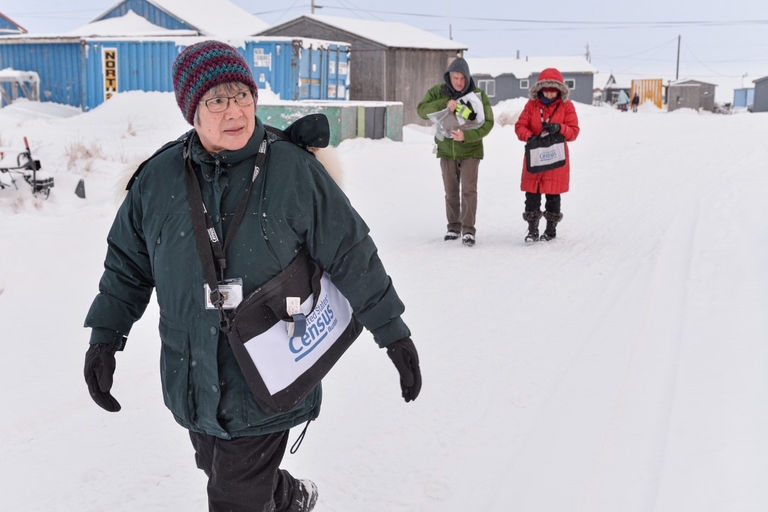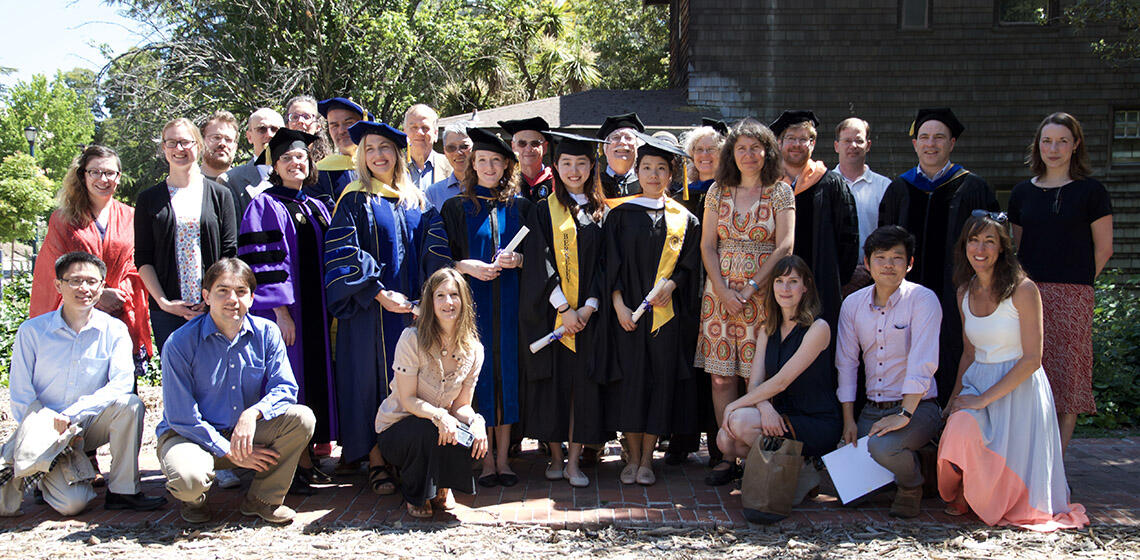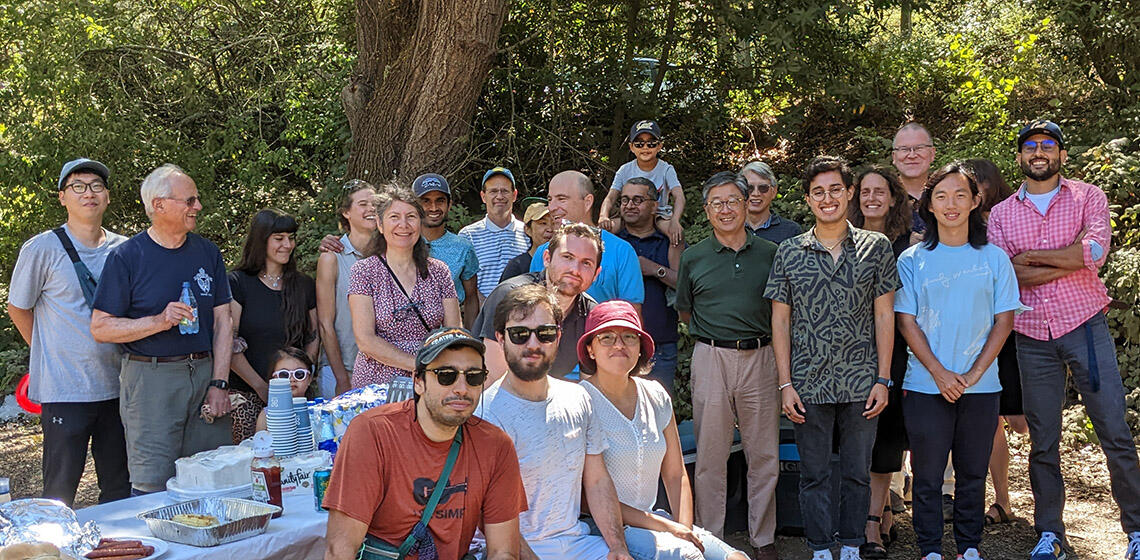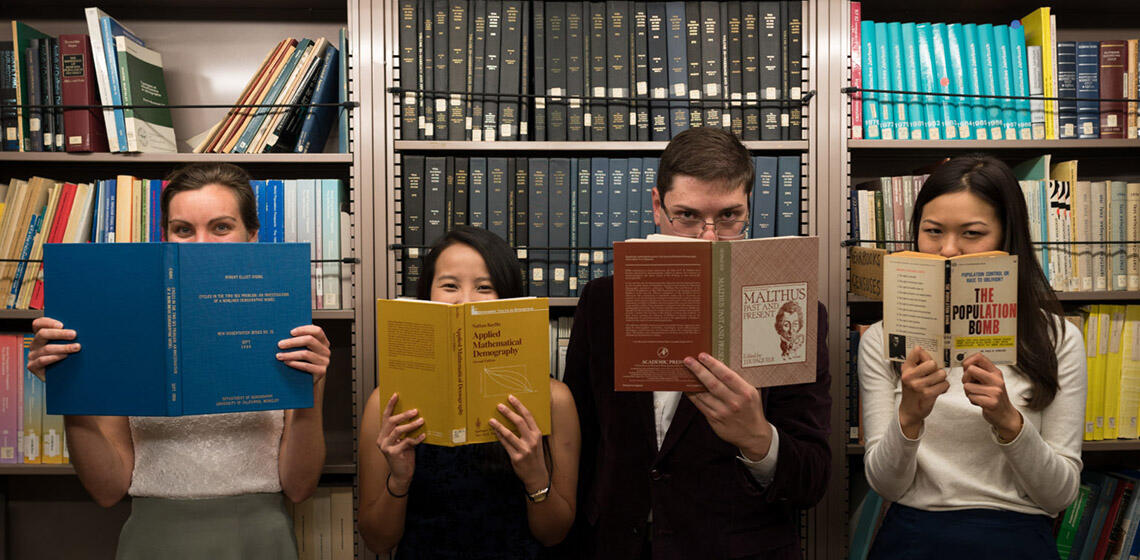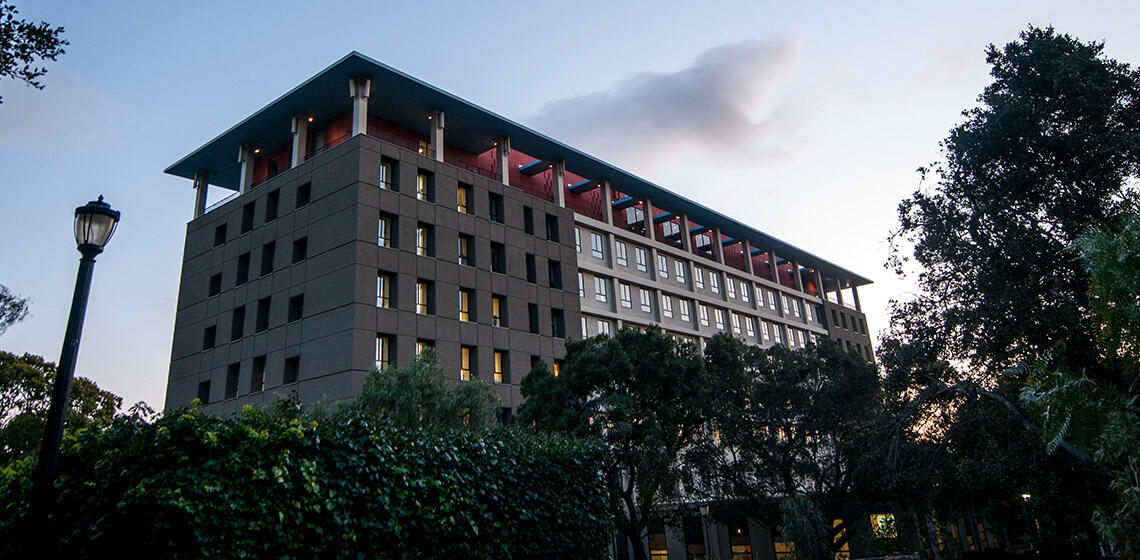by Alexander Rony

After a fruitful career in academia teaching sociology and demography, Elwood “Woody” Carlson M.A. ’73, Ph.D. ’78 was putting his financial affairs in order. He wanted to direct some of his retirement funds to his graduate school, so he contacted UC Berkeley.
What he heard shocked him: Berkeley’s Department of Demography didn’t have an endowment fund to support its overall operations. Sure, one could give to the department’s annual fund and there is an endowed award for the best doctoral dissertation, but Carlson — whose studies were disrupted when the department temporarily shuttered in 1972 before relaunching in 1979 — felt there needed to be a source of reliable funding to support the department’s financial health in perpetuity. He began contacting his peers to raise money for the cause.
Demographers produce vital statistics that illuminate changing populations. Carlson likens demography to a popular spy novel: it’s chock full of travel, sex, and death. Or, if you prefer the less-sensational parlance of academia: migration, fertility, and mortality.
Berkeley maintains the only standalone demography department in the United States. That specialization sets Berkeley apart from other universities that place their demography programs under different departments, like sociology. With a handful of faculty and a couple dozen graduate students, the Department of Demography is among the smallest units on Berkeley’s campus, but it has an outsized impact through its thought leadership.
The prominence and intimacy of Berkeley’s demography department have created close ties. Students, faculty, and alums have been organizing a private dinner during the Population Association of America’s annual meeting for half a century. Driven by these personal connections, 13 other prominent demographers agreed to sign a letter with Carlson asking fellow alums and faculty to help launch a new endowment fund.
“There is a cohesive alumni community of demographers from Berkeley all over the world,” Carlson said. “They know each other. They keep an eye out for each other. They work with and for each other, and the names on that letter were all part of that group.”





